
The Mad Agriculture Journal
Revolutionizing Agricultural Lands and Communities
Published on
February 11, 2025
Interview and photos by
Jonnah Perkins
Ian McSweeney and Phil Taylor on Rethinking Land Ownership and Farming for a Regenerative Future
In an era of skyrocketing land values and systemic barriers in agriculture, two visionaries, Ian McSweeney and Phil Taylor, are leading transformative efforts to reshape the future of farming. In this thought-provoking interview, moderated by Jonnah Perkins, Ian and Phil delve into the complexities of land ownership, the challenges facing emerging farmers, and the innovative solutions their organizations bring to the table. From Ian’s work with The Farmers Land Trust to Phil’s mission at Mad Agriculture, their stories reveal a shared commitment to creating resilient, community-centered agricultural systems. Together, they explore the philosophical and practical drivers of their work, painting a compelling picture of what a more equitable and sustainable agricultural future could look like.
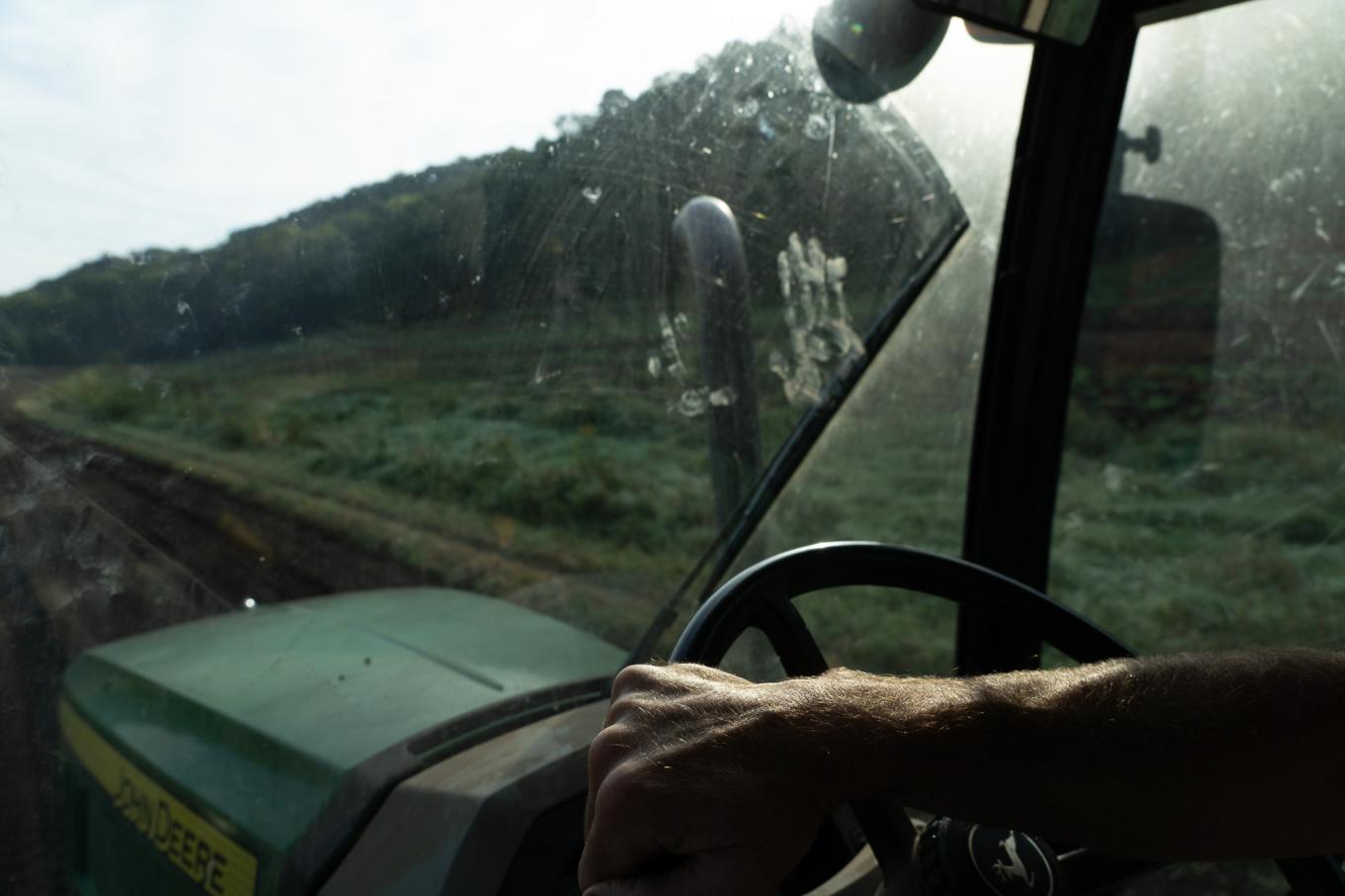
Jonnah: Let’s start by having each of you introduce yourselves.
Ian: I’m Ian McSweeney, a father to two boys, a husband, a son, and grandson. I grew up in Massachusetts and settled in New Hampshire 20 years ago. My family and I have restored an old farm here—clearing forests, planting orchards, and working with certified natural vegetable growers through a lease. For over two decades, my work has centered around connecting farmland to communities and addressing farmland transitions, given the aging population of both farmland owners and farm business operators.
I’ve worked in the nonprofit sector to raise awareness, facilitate partnerships, and secure philanthropic capital to transition farmland into community-based ownership. My approach is influenced by my connection to a local CSA farm, the Temple-Wilton Community Farm, one of the first modern CSAs in the U.S. Though successful in its operations, this farm faced significant land security challenges for 27 years. It shaped my focus on ensuring land tenure for farmers, moving beyond production cycles to secure the land itself for long-term sustainability.
Phil: Thanks, Ian. It’s fascinating to hear your journey. I’m Phil Taylor, founder of Mad Agriculture. I’m a father to four kids, and my background includes 15 years in academia studying tropical ecosystems. Witnessing the devastating impact of industrialized agriculture in the tropics compelled me to found Mad Ag about six years ago. Our mission is to help farmers transition to regenerative systems through design, storytelling, and financial support.
I’ve always been drawn to challenging the foundational systems of land ownership and private property. Much of my work stems from questioning the structural issues in agriculture and exploring solutions like the commons model. I’m especially inspired by Ian’s work with The Farmers Land Trust, and how it addresses land tenure and ownership challenges.
Jonnah: Ian, your work seems rooted in a deep connection to land and community. Can you share more about your background and how it shaped your values?
Ian: Absolutely. I was raised south of Boston by parents who were radical hippies, rejecting the Catholic faith while fostering a deep connection to the land. My mother’s family has roots tracing back to the Mayflower, while my father’s side includes Irish immigrants, including a relative who fought for peace and land rights in Ireland. These stories of conviction and struggle shaped my perspective on land and community.
Growing up, I witnessed the destruction of ecosystems by industrial agriculture and followed a landmark court case that eventually expanded protections under the Clean Water Act. While the case succeeded legally, the environmental damage was irreversible. This experience taught me the limitations of our systems and the importance of creating resilient, community-centered alternatives.
I’ve always been inspired by farms that sustain themselves across generations, creating alternative economic and social systems. This led me to focus on farm community models and new approaches to land ownership that prioritize stewardship, sustainability, and community over speculation and extraction.
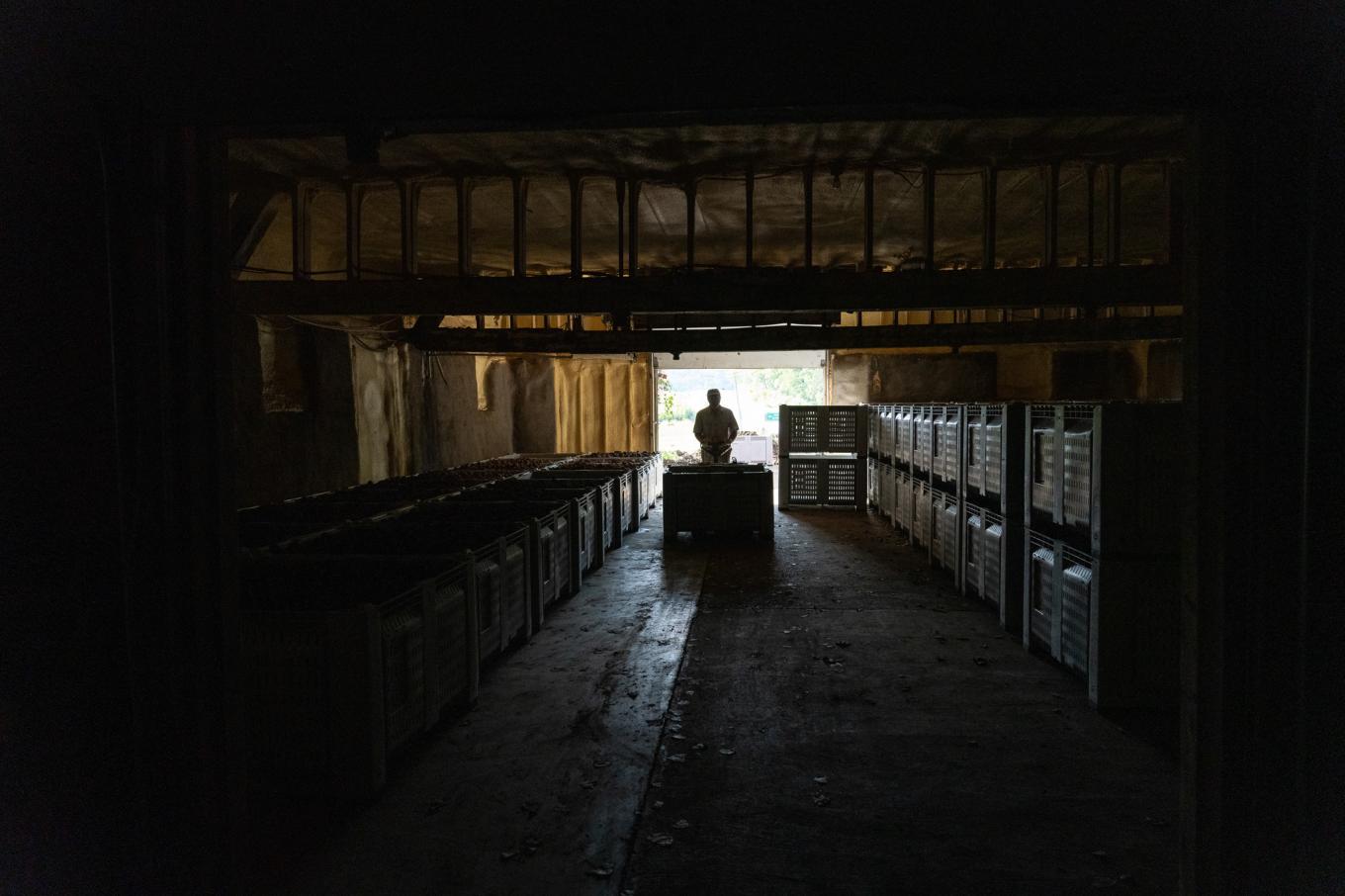
Phil: That’s powerful, Ian. Can you tell us more about your work with the Farmers Land Trust and why you’ve chosen this model?
Ian: My journey began in social work, connecting people to nature, before transitioning my career to land ownership systems with a focus on agriculture. For over a decade, I led a private foundation facilitating real estate transactions and conservation projects to ensure farmland affordability and active stewardship. These one-off projects evolved into creating community-supported land tenure models, blending CSA principles with nonprofit structures to secure farmland for future generations.
The nonprofit model allows us to address the disconnect between the market value of farmland and its true value for agriculture and community. Farmland is often priced based on its potential for development or speculation, making it inaccessible to many farmers. Through philanthropic capital and donations, we permanently shift the value paradigm of farmland to focus on production, security, and stewardship.
Jonnah: That’s a crucial point. For readers who may not be familiar, can you and Phil paint a picture of the current challenges emerging farmers face? What does the “machine” they’re up against look like?
Ian: The challenges are vast and region-specific, but some key issues are farmland consolidation, skyrocketing land values, and limited access for new farmers. The current system values land based on its development potential, not its agricultural viability. This creates barriers for small and emerging farmers who lack the resources to compete in the real estate market.
The nonprofit structure provides an alternative by removing land from the speculative market and placing it into community ownership. This ensures that the land remains accessible and affordable for agricultural use, supporting long-term viability and resilience.
Phil: I completely agree. The scale of consolidation and commodification of land is staggering. Emerging farmers are not only priced out of the market but also face systemic challenges, from lack of infrastructure to the dominance of industrial agricultural systems. Models like Ian’s provide a pathway to shift these dynamics and support regenerative practices.
Jonnah: Thank you both for sharing your insights. Ian, your work offers a compelling vision for addressing land tenure issues, and Phil, your perspective on systemic change adds depth to this conversation. Let’s continue exploring how these models can create lasting impact in agriculture.
Ian: Right, so the work we’re doing on the real estate side of things addresses part of the issue, but it doesn’t fully address the business side.
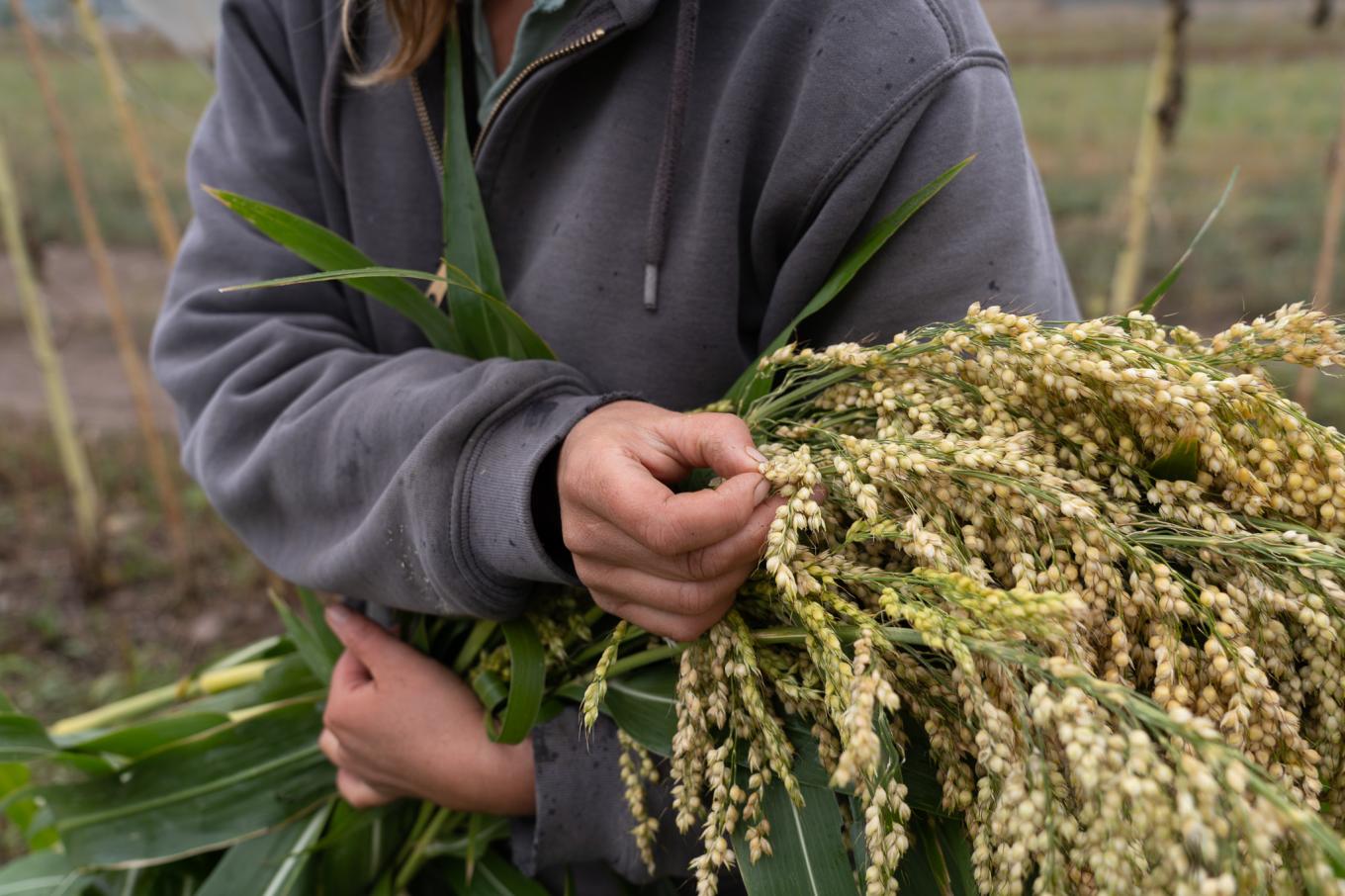
Phil: I was actually really curious about that. Owning the land is one thing, but when it comes to businesses operating on that land, my mind goes in a million directions: Are we creating co-ops? Multi-stakeholder entities? Or are you just leasing it to one farmer? Can you explain how that works?
Ian:
Yeah, absolutely. While the commons model addresses the land piece, it doesn’t fully resolve the business-side challenges. The reality is that this model is an alternative to the systems we currently operate in. It creates a legal framework for land ownership that aligns with a different set of values, but it also bumps up against the financial and operational needs of the businesses. Removing real estate from the equation can make capital for business transitions harder to come by. So, in some ways, it’s a solution; in others, it introduces new complexities.
The starting point for us is typically landowners—farmers who’ve spent a generation or more building an organic, biodynamic, or CSA farm. They’ve created healthy businesses and ecosystems and want to see that legacy continue. Some are able to donate their land outright; others sell it at a discounted price. Regardless, they all want to ensure the farm’s future.
Some landowners want to stay on the farm with a life estate and live there until they pass, while others are ready to move on entirely. Either way, they’re deeply invested in seeing their vision carried forward. This requires a lot of collaboration with the landowner to draft agreements and design the transition process. The goal is to shift the land from the traditional marketplace—where it’s valued in purely financial terms—into this commons framework, where it’s valued based on its community and ecological impact.
The process is inherently slow because it requires alignment with landowners who are patient and willing to dig into the details. For example, we work together on template documents, legal frameworks, and structures that reflect their values and create a lasting legacy. In some cases, the entry point is a landowner. In others, it’s a farming community that lacks land security, and we help them connect with aligned landowners to start this process.
But it all starts with a values-aligned landowner who is willing to engage in this transition and participate actively. From there, we manage the real estate side, fundraise, and bring in the necessary people—local attorneys, community advisors, board members, and funders.
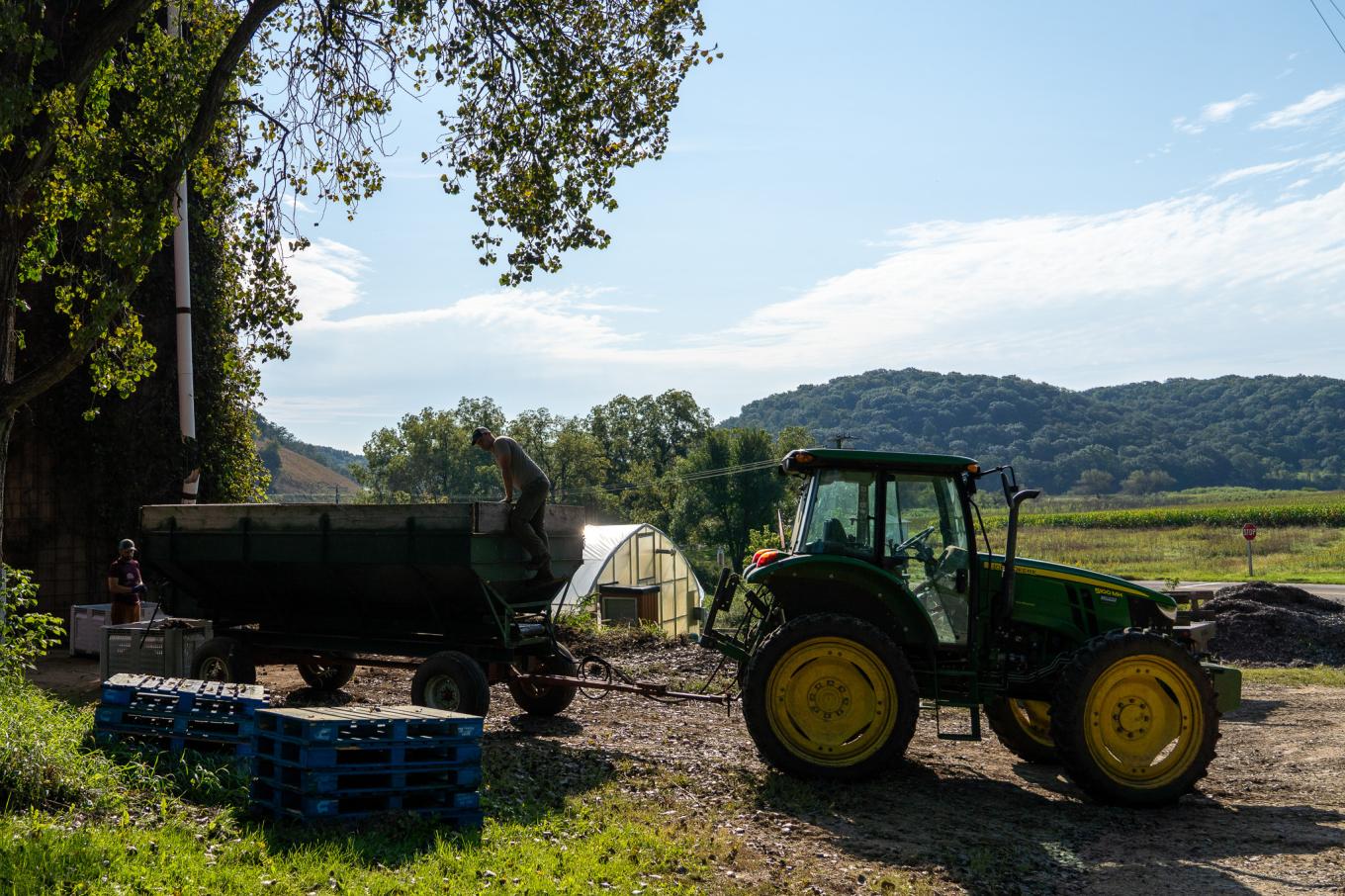
Phil: Do you create a unique board for each land acquisition? Or do you use a more centralized structure? I’m also curious about how you find farmers best suited to steward the land and set up governance for these projects. Do you templatize that, or is it all place-specific?
Ian: Some elements are templatized, but everything gets adapted to the state and community where we’re working. We operate nationally, so state laws vary, and each community and piece of land is unique.
We start with template documents, but early on, we engage a local attorney to localize those documents to comply with state laws. This allows us to maintain the balance of being an innovative model while still adhering to legal requirements like title ownership, nonprofit structures, and lease agreements.
Typically, a farmland commons starts with one or two farms, but the goal is to grow to include four to twelve farms in a regional food shed. We draw inspiration from conservation and community land trusts. Many older community land trusts are single-property-focused, which can make generational transitions challenging. Our model tries to strike a balance by combining local and national elements.
For each commons, we create a localized board made up of people from the food shed region. This board takes title ownership of multiple farms and governs the commons with tailored bylaws and agreements. Each farm within the commons has its own lease and management plan, reflecting its specific needs and circumstances.
The process of building these boards is intensive. Many of the farms we work with already have long-standing communities of supporters, which we draw from to populate the boards.
Before I was part of launching Agrarian Trust and the Agrarian Commons, I was working on innovative and creative one-off projects with various land trusts. Each project’s success depended on the capacity of the individual trust. But launching the Agrarian Commons in May 2020 allowed us to scale this work nationally and manage multiple projects simultaneously. It’s been a learning experience in balancing capacity, scaling effectively, and adapting to diverse needs.
The goal is to create a diverse portfolio of projects—some where new farmers are needed, others where existing farmers need land security, and still others where a farmer is already in place but needs financial or operational support to transition. This diversity helps manage capacity while demonstrating that the model can work in different contexts.
Phil: Yeah, that makes sense.
Jonnah: This all sounds incredibly complex—like solving an infinite puzzle. If you zoom out from the details, is there a bigger philosophical or emotional motivation behind this work? What keeps you going when the complexity feels overwhelming?
Phil: For me, it’s about living from my heart. I don’t rely on external successes to keep me going. I’ve learned that by the time you achieve a milestone, like publishing a paper or completing a big project, you’re often so exhausted that it’s hard to celebrate.
Instead, I focus on deeply rooted values that feel true and let those guide me. Over time, I’ve also built more internal capacity to navigate challenges with grace. The early years of Mad Ag were all about survival—building the team, securing funding, and establishing a vision. Now, we’re more focused on growth and nurturing what we’ve created.
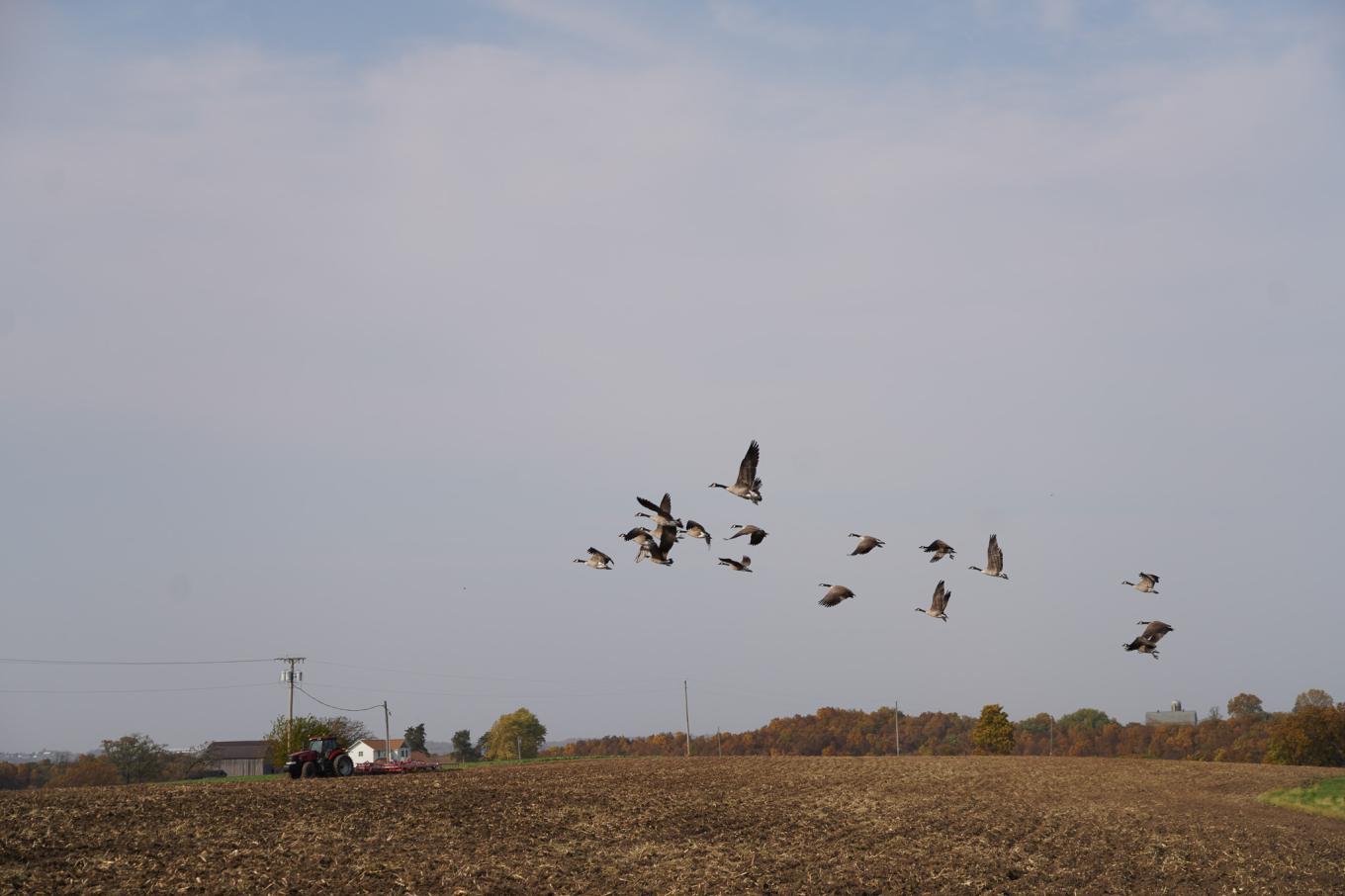
Ian: I’d echo that. For me, a lot of it comes down to being a dad. Raising kids in a world with so many overlapping crises can feel overwhelming. But working on solutions—no matter how small—gives me purpose. It’s a way to show my kids that change is possible and that we can contribute positively to the world.
The opportunity to spend my days creating something meaningful, even if it’s just a small part of a larger solution, is what keeps me going.
Jonnah: As we wrap up, I want to ask one final question. Looking 10 years into the future, what would success look like in the agricultural space?
Ian: For me, it’s about balancing two priorities: serving the farmers and landowners who are already aligned with this vision and reaching those who aren’t yet but could benefit from it.
In 10 years, I’d love to see 50, 80, or even more farms successfully transition into the commons model. When we launched the Agrarian Commons in 2020, I wasn’t sure how it would be received—whether people would see it as a radical or impractical idea. But the awareness and interest have grown significantly, and I hope that continues.
More broadly, I’d like this work to influence how land ownership is understood and practiced across the country.
Phil: I agree. I’d love to see these ideas continue to take root and offer the next generation a viable path into farming. It’s about creating options—whether through commons models, traditional ownership, or something in between.
At Mad Ag, we’ve focused on helping young farmers succeed in regenerative and organic agriculture through more traditional ownership models. We help them access mortgages, build equity, and leverage their financial position to grow their businesses. That’s the system we currently operate in, and it’s where we’ve decided to focus.
But we also recognize the value of models like Ian’s. They offer a critical alternative for farmers who might not fit into the traditional system. Ultimately, it’s about meeting farmers where they are and supporting them in ways that align with their values and needs.